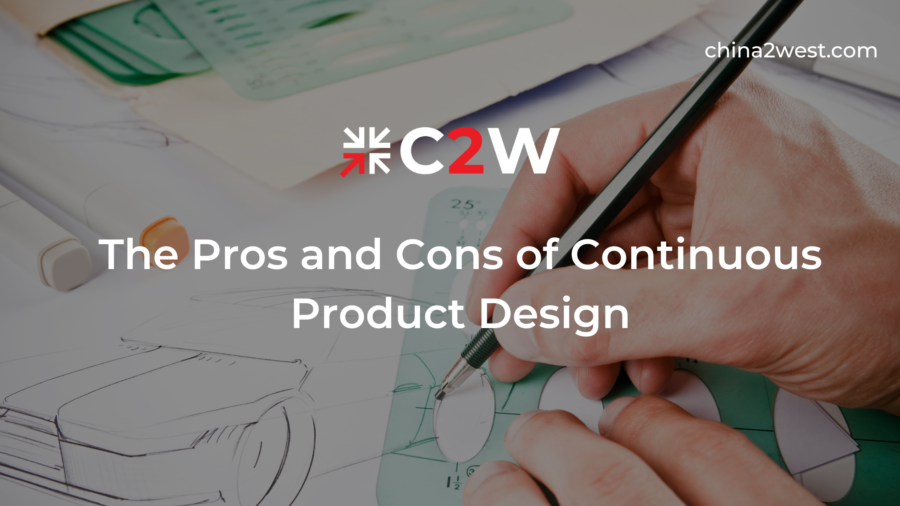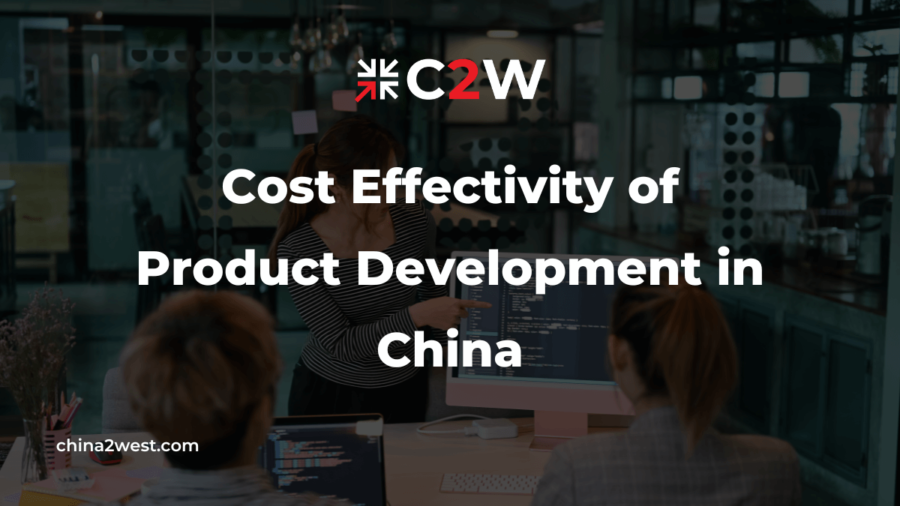In product development, gaining an edge over competitors is crucial. Continuous product design is a potent approach that employs iterative evolution and swift adaptation to current market conditions. It’s a consumer-focused process involving dynamic products that change based on user feedback.
When properly executed, continuous product design guarantees customers receive products meeting their needs and expectations.
What Is Continuous Product Design?
What is continuous product design? Essentially, it means you’re constantly evolving and adapting your product to market conditions and consumer needs. With a dynamic product that changes according to consumer desires, you ensure customers get the exact experience they seek.
Continuous product design is effective when aligned with long-term business goals. It ensures that every iteration of your product aligns with your company’s future aims. Thanks for watching.
Advantages of Continuous Product Design
One main advantage of continuous product design is getting your product to market quicker than competitors. In today’s world, consumers expect speed and convenience; they won’t wait for you to design and release a product. They’re likely to choose the competition instead.
By constantly designing and re-innovating, you can stay ahead of the curve with a user-centric approach. To do this, you’ll need a keen understanding of your product users and their wants, needs, and expectations. Another significant advantage is reducing the risk of bringing a product to market.
In continuous product design, constant feedback on each iteration is crucial. As you’re always redesigning, early user feedback helps identify and rectify issues swiftly. With conventional product design, there’s a greater risk of releasing a flawed product. Continuous design doesn’t eliminate this issue entirely but allows for quick fixes without debilitating costs since a constant redesign is expected.
How to Implement Continuous Product Design
To effectively implement continuous product design, create a collaborative culture with a focus on clear communication and shared goals. Collaboration and communication are crucial for flexibility and adaptability.
Continuous product design companies often adopt an agile methodology, allowing swift responses to market changes and customer feedback. To make rapid adjustments, leverage data and analytics. In this fast-paced world, high-quality user data and thorough analysis are essential.
This ensures product design decisions are grounded in reality and resonate with customers. Issues with data analytics could lead to product problems due to misconceptions about the market and customer demands.
Challenges of Continuous Product Design
A key challenge in continuous product design is maintaining a focus on your product’s core applications and user needs. The project scope may drift over time, and cognitive biases like group-think can cause design mistakes.
Another issue is resource allocation. While constant design and redesign improve the product, it can drain company resources or slow down your supply chain. Ensure finances and logistics are in order and budgets allow for ample design iterations.
Additionally, consider employee work capacity. Continuous product design might lead to burnout, so establish a manageable schedule. Resistance to change may arise as well, since this approach requires a cultural shift. Leadership must demonstrate the value and utility of continuous design.
The continuous product design approach poses a challenge. You’ll need to maintain a consistent user experience during constant redesigns and re-releases. It’s easy to create a product ecosystem where customers sense a lack of continuity and cohesion.
To tackle this, carefully manage the design process with a focus on user experience. Ensure that through every product iteration, your products remain recognizable to consumers.
Utilizing Tools and Technology
Naturally, continuous product design relies on various tools and technologies. To effectively design and redesign products, using the right tools is crucial. For instance, prototyping software like Adobe XD, Figma, and Sketch is essential.
Additionally, having collaboration tools is a must. Tools like Slack, set up for communication, project tracking, and collaboration are necessary. You’ll also need user feedback tools and analytics, such as Google Analytics or usertesting.com, to gain insights into customer preferences and experiences.
In short, having the right tools can make or break the product design process. So, ensure your company’s hardware and software are in order to successfully implement this workflow.
The Role of Data
In the realm of continuous product design, data reigns supreme. It helps make informed decisions based on user trends and preferences. Additionally, data tracks customer product usage.
A key method to obtain useful data is A-B testing. This involves comparing two design versions with minor, yet significant differences in user experience. A-B testing is frequently done during the design process.
This approach refines product features and pinpoints what customers want and expect.
The Future of Continuous Product Design
In the future, continuous product design will use the latest tech trends to enhance data analytics and expedite the design process. Like other design approaches, it’ll increasingly depend on AI and machine learning algorithms. These technologies provide unparalleled insights into user and market data. While human analysts excel at identifying big-picture trends, machine learning can generate actionable insights from countless data points.
Thus, machine learning may reveal product features customers didn’t even know they desired. Moreover, virtual or augmented reality environments hold great potential for immersive testing. As VR experiences improve, creating prototype products without physical models becomes increasingly feasible. Testers can interact with virtual prototypes from around the world, eliminating the need for costly physical versions and shipping.
Lastly, like other industries, continuous product design is focusing on eco-friendly principles. Emphasizing sustainability is crucial when constantly redesigning products to avoid accusations of unsustainable practices. Demonstrating serious sustainability measures can offset such criticism.
A Manufacturing Company Can Bring Your Product Ideas to Life
As shown, continuous product design involves analyzing customer feedback and constantly redesigning based on it. Naturally, this workflow requires a reliable manufacturing company to bring new designs to market quickly. The ideal solution is low-cost and dependable.
China 2 West Services Ltd is here to help. We pride ourselves on delivering 100% customer satisfaction, with experience in Chinese manufacturing since 2005. Our satisfied clientele stems from a commitment to quality control and effective supply chain management.
We’ll help you succeed in every step of the product design process, from design and development to prototyping and distribution. Contact us today to discover why we’re the perfect manufacturing partner for you and your company.


